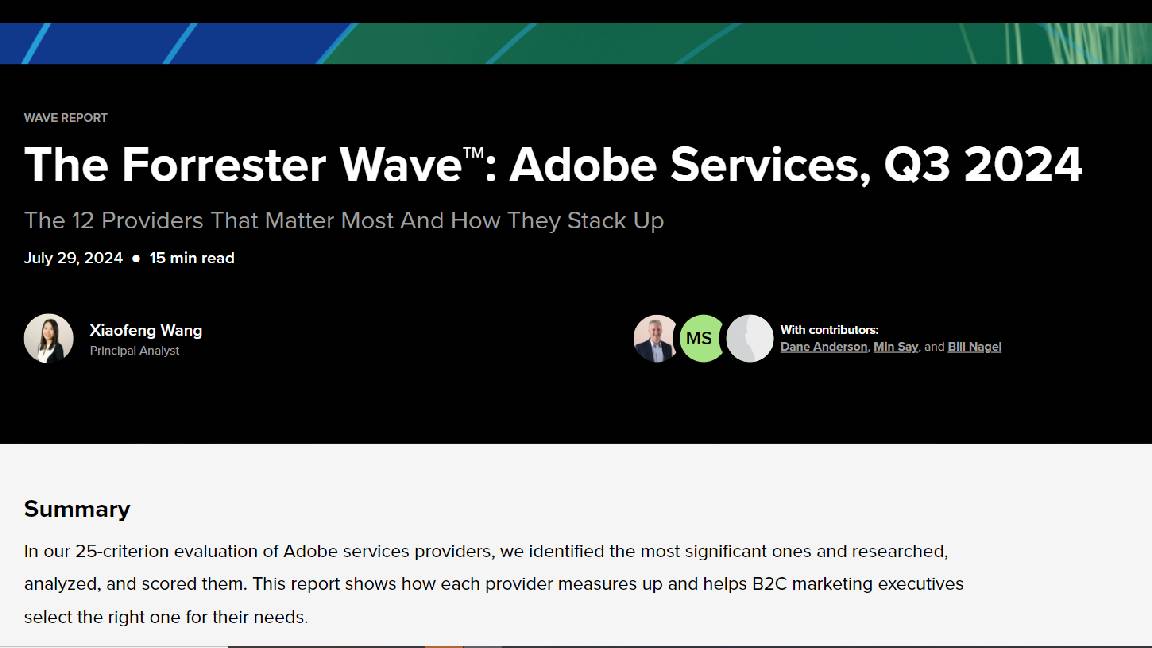The blind spots: Five critical mistakes cybersecurity channel leaders must avoid
Threat actors continue to innovate their TTPs relentlessly, here's five key areas the security channel needs to be aware of to help their customers stay protected


Cybersecurity solutions today have to be capable of addressing a wide range of problems. The tactics deployed by threat actors continue to diversify and vary from the crude (we’ve all received the poorly written email from our ‘CEO’ who – for some reason – has changed their email address to a string of random characters) to the highly sophisticated (such as AI-powered ransomware that can adapt in real time, modifying malware code to evade detection).
Business leaders are increasingly aware of the importance of cybersecurity and constantly reassessing their security posture; yet they are simultaneously approaching conversations with channel organizations reporting they are overwhelmed and fatigued by the sheer amount of discourse around how to do this.
In reality only one thing matters, that is keeping the organization functioning and performing its core business tasks, but they have to do this by ensuring any cybersecurity solution allows them to operate efficiently, effectively, and safely.
Therefore, deciding which cybersecurity solutions to adopt is vital for an organization's survival. With this market backdrop and economic conditions, how can channel leaders stay abreast of market needs and ensure they can cut through this noise to communicate effective solutions to individual sectors and companies?
1. Don’t forget client relations are a trust-building exercise
Instead of regarding customers who are scrutinizing their cybersecurity needs more regularly as an increased risk of churn, see this as an opportunity for building trust. Working through this process with them will help to build a stronger relationship and instill trust in a sector in which for some it is starting to dwindle.

With every high profile breach that hits the headlines, trust in the ability of cybersecurity solutions to effectively protect businesses from the same fate is eroded slightly. It’s really important that channel leaders don’t ignore the fact that this trust deficit is occurring. Instead, they should look to cut through the marketing noise and be frank with customers about the potential risks and limitations associated with different products. This way, they will build trust in their genuine partnership and concern while helping businesses develop a layered security strategy that provides robust protection based on their individual needs.
2. Don’t prioritize immediate results above all else
Channel leaders operating in the cybersecurity sector can’t just think short term when it comes to sales. It can be tempting to chase quick profit gains over building long-lasting relationships, especially in more difficult economic periods. Due to the hostility of the current threat landscape, the sector is continuously evolving, and therefore a strategy that focuses on long-term client success needs to be the aim.
ChannelPro Newsletter
Stay up to date with the latest Channel industry news and analysis with our twice-weekly newsletter
This means you can’t just make a sale, chalk it up as a win, and move on to the next one. The next focus has to be building an ongoing partnership. For cybersecurity, this includes incorporating ongoing touchpoints such as training and regular vulnerability assessments. The idea is this will inevitably strengthen the trust clients have in your expertise and value you add to their security posture.
Loyalty will always deliver better returns than a single sale, especially in such a high stakes industry where it’s important for customers to feel safe and supported.
2. Cybersecurity is never a siloed concern
Vulnerabilities can originate from any single point within an organization but threaten entire systems. Therefore, cybersecurity is not a concern specific to the CISO or IT department and any defense has to be implemented system-wide. Rather than taking an outside-in, product-centric approach, channel leaders need to make a concerted effort to understand all the moving parts that make up an organization and think holistically about any security strategy they recommend.

For example, offering solutions incorporating physical segmentation can demonstrate consideration of different systems and networks that comprise an entire company. Similarly, effective air-gapping capabilities that can be used to easily connect and disconnect networks and devices from the internet helps channel leaders offer the C-suite a simple way to gain and maintain control of the security of the whole business at once – reducing the attack surface and quickly containing breaches. But while an always-on approach is no longer in fashion when it comes to networks, threat monitoring and detection capabilities should nevertheless be constant, offering modern businesses 24/7 protection.
4. Be careful of relying on turnkey solutions
There is a difference between taking a holistic approach to security and relying on out-of-the-box solutions, however. Individual organizations have individual cybersecurity needs and the role of the channel is to help them work out which solutions – or better, layered integration of multiple solutions – is the best strategy for them.

Shifting from a volume mindset to one of value when initiating conversations with prospects means moving away from template strategies based on organization size or sector and actively working to listen to and understand the specific vulnerabilities, challenges and budget constraints facing them on an individual basis.
5. Never underestimate the power of technology
RELATED WHITEPAPER

It’s often repeated in the cybersecurity industry that no solution is a silver bullet. While this is true, and as we’ve mentioned aspects like awareness and training need to play a role in a holistic security strategy, channel leaders need to keep up with developing and emerging technologies in order to ensure they’re offering the most up-to-date solutions that counteract the latest threats. For example, AI is increasingly being used to help prioritize and mitigate threats, not to mention how it can be used within channel organizations themselves such as to reduce friction in the sales pipeline.
It is important, though, that these tools are seen as enablers rather than taking the place of a human touch when supporting customers. A mindset of empowerment rather than replacement and distance should be prioritized, where guidance is personalized rather than automated.
Eliminate blind spots to keep pace with an evolving market
A successful channel leader knows client priorities often change. When it comes to cyber security, rapidly developing technologies and threat landscapes means market needs are constantly shifting too. When the average cost of a data breach globally last year sat at $4.45m (IBM) and climbs higher every year, channel leaders have to eradicate blind spots and focus on delivering solutions that offer clients comprehensive protection and control against evolving threats. At the same time, relationships with clients are as much about ongoing support as they are about offering the latest innovations.

With a proven track record of building successful sales channels for industry giants like Cisco, HPE, Dell, and Juniper, Brodie brings over 25 years of IT leadership experience to Goldilock. He has successfully added shareholder value, turned struggling organizations around, been involved in numerous mergers & acquisitions plus grown sales across a range of businesses. Steve is a curious person that has a strategic mindset with a passion for driving transformational change within organizations for growth.
-
 Cleo attack victim list grows as Hertz confirms customer data stolen
Cleo attack victim list grows as Hertz confirms customer data stolenNews Hertz has confirmed it suffered a data breach as a result of the Cleo zero-day vulnerability in late 2024, with the car rental giant warning that customer data was stolen.
By Ross Kelly
-
 Lateral moves in tech: Why leaders should support employee mobility
Lateral moves in tech: Why leaders should support employee mobilityIn-depth Encouraging staff to switch roles can have long-term benefits for skills in the tech sector
By Keri Allan